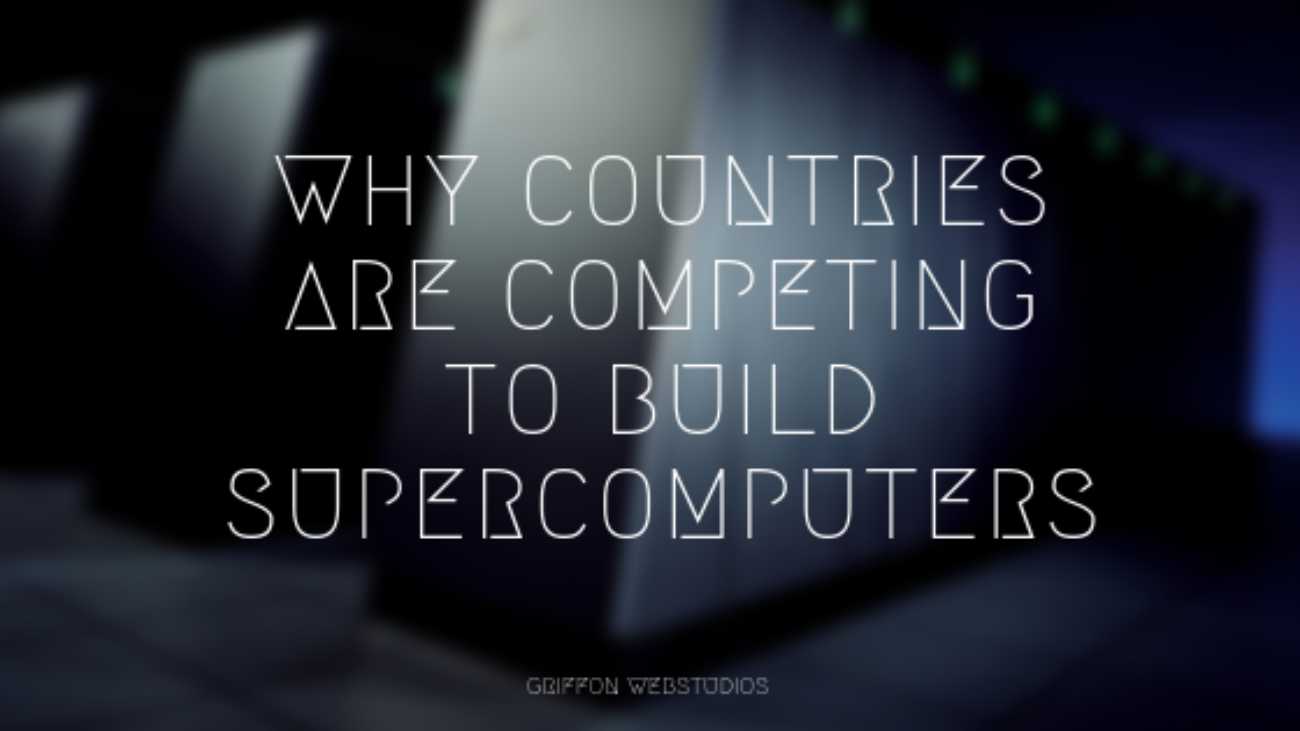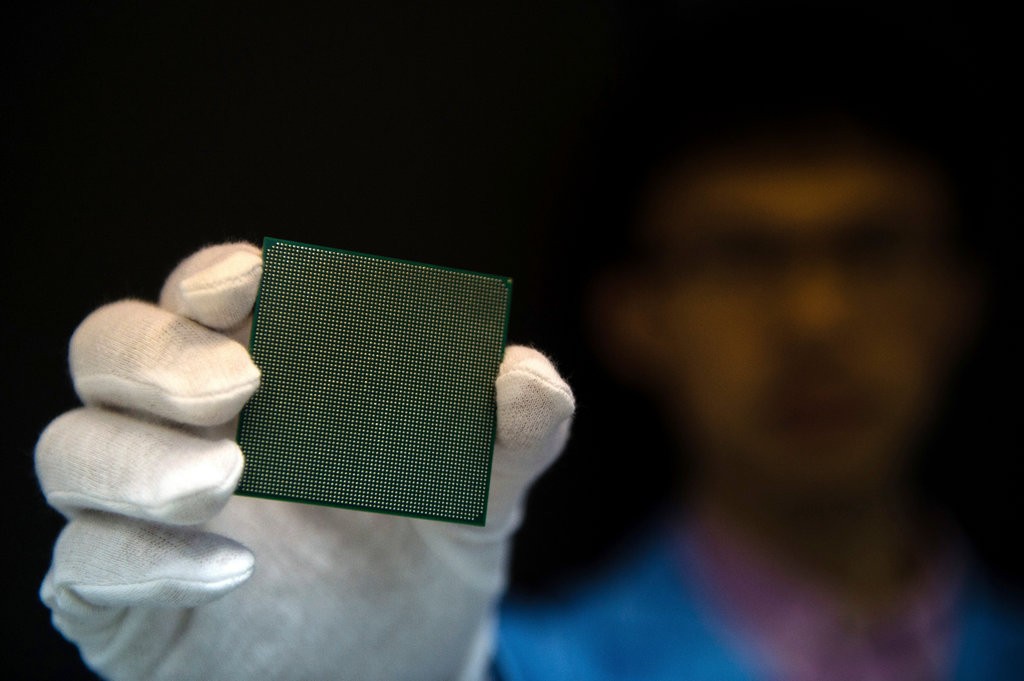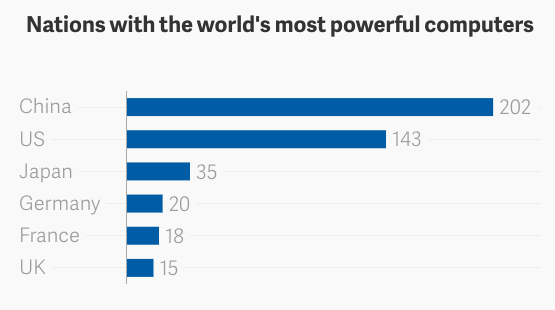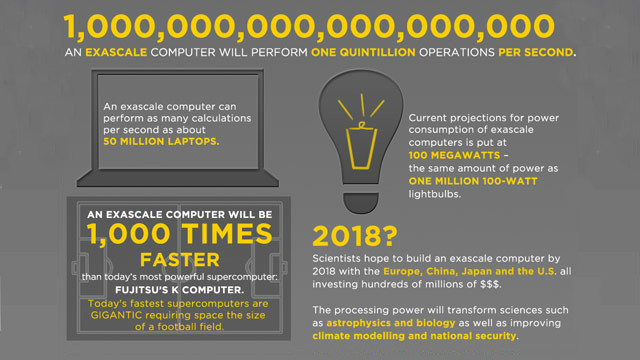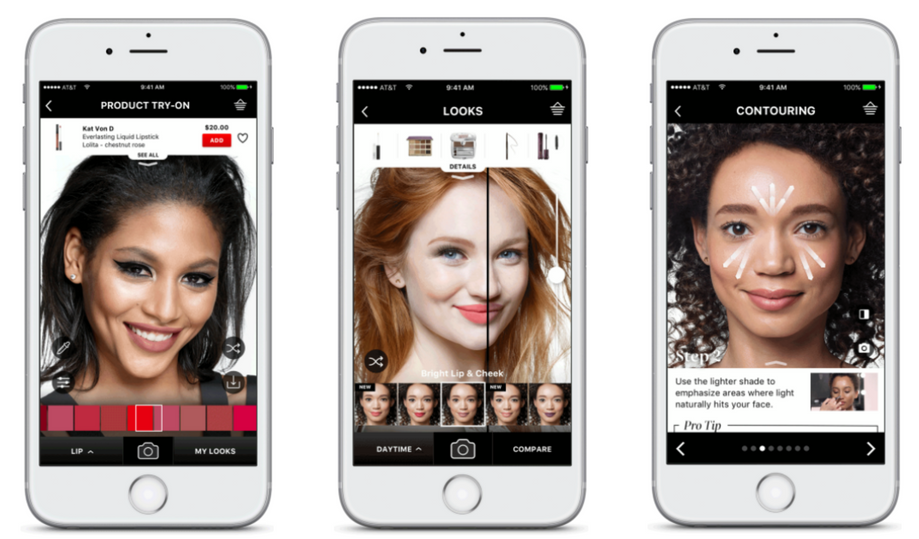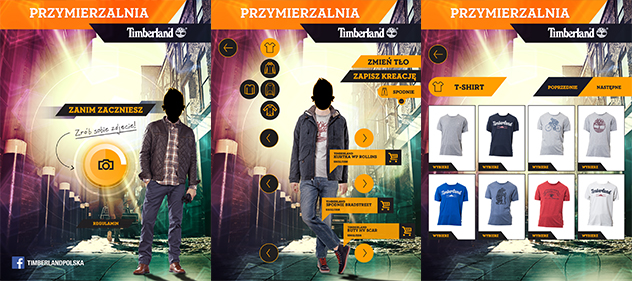The blockchain is an innovative technology that was first used in the world of cryptocurrency, but it has quickly become one of the most valuable tools for business. In fact, many companies are already using the blockchain to create new products and services. However, blockchain development isn’t just for startups or other small businesses—it can help any organization improve its efficiency and reduce costs by providing better transparency into its operations.
What is the Blockchain?
The blockchain is a shared, distributed, and decentralized database that anyone can access. A blockchain can be public or private and allows information to be stored in a way that makes it easy to verify ownership while providing high levels of security. Individual blocks of data are recorded and linked together using bespoke cryptography to keep it discrete and secure. These blocks create a chain available in the public database.
The financial sector accounts for around 30% of the market value for blockchain. Blockchain in healthcare will reach a value of $1189.8 million by 2028
Why use blockchain?
Blockchain is a distributed ledger technology (DLT). It is an immutable record of transactions shared across a peer-to-peer network. This means that, unlike a traditional database, no centralized authority manages it. Instead, the ledger is shared between all parties in the network and managed by everyone collectively.
Blockchain is also free. The only cost is associated with the infrastructure you use to create something new. That means if you wish to build an app using the powerful Ethereum Blockchain structure, your costs are much more accessible than building an entirely new ecosystem that may or may not grow in popularity and trust with users.
Advantages of Blockchain Development
There is no middleman in blockchain development. Everything is stored and never lost due to public access and verification. This creates a structure that is:
- Immutable – Criminals cannot access a structure that is append-only formatted, so you get an extra level of security.
- Secure – Cryptography is one of the oldest methods of protecting information. With the blockchain, verification processes exist to ensure no one single person can take advantage of the technology.
- Transparent – The public distributed ledger allows complete access and root control to anyone. That shines a light on transactions and avoids centralized or influenced control.
- Efficient – Business operations are sped up because all transactions are held in the digital space.
Blockchain is forecasted to generate over $3.1 trillion in business value by 2030
Where to Get Started?
There are practically endless projects you can buy on the blockchain, especially now that the Metaverse is becoming a more mainstream term. The idea of cryptocurrencies, NFTs, meta-meeting spaces, apps, games, social networks, and more is slowly taking hold of Blockchain developers all over the world.
The future is bright with blockchain development because this is a space without regulation or control where the only thing holding you back from making the next great product or service is your imagination.
To learn more about how to integrate your business with Blockchain technology, reach out to our team at Griffon Webstudios. We have direct experience building solutions along the blockchain, including integrations with your current or future website. So schedule a consult today, and let’s create something new and exciting together!


